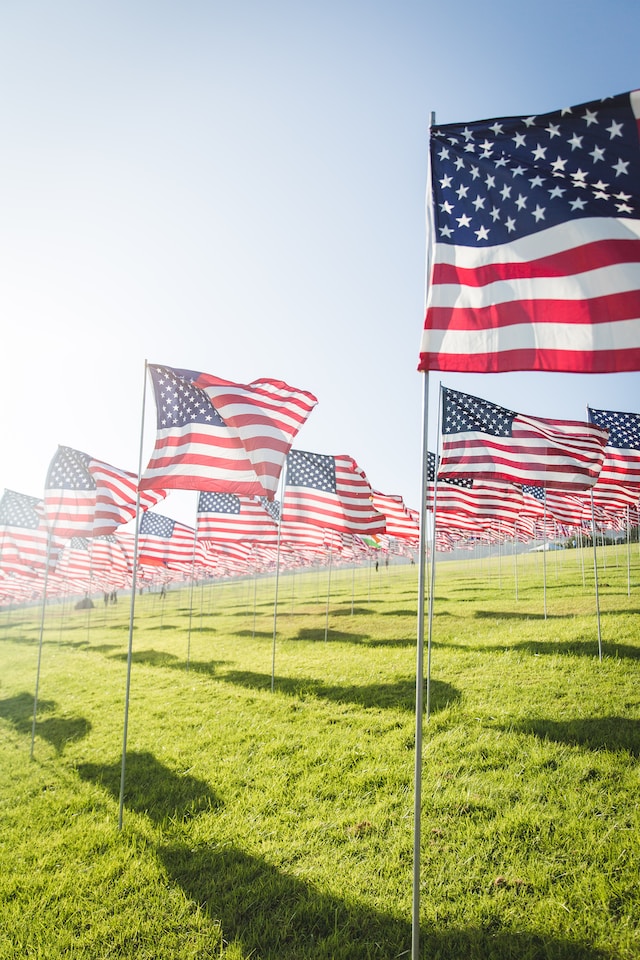Introduction:
Memorial Day is a significant holiday in the United States, observed on the last Monday of May each year. It is a time when the nation comes together to honor and remember the men and women who have made the ultimate sacrifice while serving in the military. But how did this day of remembrance evolve? In this article, we will trace the history of Memorial Day, from its origins as Decoration Day to its current status as a national holiday.
Origins of Decoration Day:
The origins of Memorial Day can be traced back to the aftermath of the American Civil War. The devastating conflict, which claimed the lives of hundreds of thousands of soldiers, left behind a nation mourning its fallen heroes. In the years following the war, various communities and states began organizing commemorative events to honor the soldiers who had given their lives. One of the earliest observances was held in Charleston, South Carolina, where former slaves honored Union soldiers by decorating their graves.
Official Declaration of Decoration Day:
The official declaration of Decoration Day came on May 5, 1868, when General John A. Logan, the national commander of the Grand Army of the Republic, issued General Order No. 11. The order designated May 30th of that year as a day for the nation to decorate the graves of Union soldiers with flowers. The date was chosen specifically because it did not coincide with any significant battles.
The Evolution into Memorial Day:
Over time, Decoration Day evolved into Memorial Day, expanding its scope to honor all American military personnel who had lost their lives in service to their country. The transition from Decoration Day to Memorial Day occurred gradually, with different states adopting the name and date individually. It wasn’t until 1971 that Memorial Day became a federal holiday observed on the last Monday in May, providing a three-day weekend for Americans to pay their respects.
Traditions and Observances:
Memorial Day is marked by several enduring traditions and observances that symbolize the nation’s gratitude and remembrance. One of the most prominent traditions is the national moment of remembrance, observed at 3:00 p.m. local time, where people pause for a minute of silence to honor the fallen. Parades, memorial services, and wreath-laying ceremonies are also common across the country, allowing communities to come together in collective remembrance.
The Changing Significance:
While Memorial Day has its roots in honoring those who died in the Civil War, its significance has expanded to encompass all military personnel who have made the ultimate sacrifice throughout the nation’s history. It is a day not only to mourn the fallen but also to express gratitude for their service and to reflect on the freedoms they have preserved. For many, Memorial Day also marks the unofficial start of summer, with barbecues, picnics, and outdoor activities serving as a way to celebrate life while remembering those who cannot.
Conclusion:
From its humble beginnings as Decoration Day to its current status as Memorial Day, this national holiday holds great significance for Americans. It is a time to honor the brave men and women who have given their lives in service to their country and to express gratitude for their sacrifices. As we participate in parades, visit memorials, and engage in acts of remembrance, let us remember the true essence of Memorial Day: a day to pay tribute, reflect, and keep the memory of our fallen heroes alive.




